Calvin Kuo
Characterizing the Effect of Electrode Shift & Sensor Reapplication on Common sEMG Features in Lower Limb Muscles
Oct 21, 2024



Abstract:This study investigates the impact of electrode shift and sensor reapplication on common surface electromyography (sEMG) features in lower limb muscles, factors which have, thus far, precluded clinicians from being able to attribute inter-session changes in sEMG signal properties to physiological changes in patients under the context of stroke recovery monitoring. To explore these inter-session errors, we recruited 12 healthy participants to perform a selection of isometric and dynamic exercises seen within stroke assessment sessions while instrumented with high-density sEMG (HDsEMG) arrays on the gastrocnemius medialis, tibialis anterior, semitendinosus, and tensor fascia latae. Between exercise sets, the electrode arrays were intentionally shifted and reapplied to quantify errors in signal features, using 3D scanning equipment to extract the ground truth shift performed. Results revealed that while frequency-domain features (mean, median, and peak frequency) demonstrated high resilience to the inter-session changes, the time-domain features (integrated EMG and max envelope amplitude) showed a greater, yet predictable, variability. In all, these findings suggest that should we be able to quantify placement shift, this can support direct inter-session feature comparisons, improving the reliability of sEMG-based stroke recovery assessments and offering insights for improving remote stroke rehabilitation technologies.
Reconstruction-Computation-Quantization (RCQ): A Paradigm for Low Bit Width LDPC Decoding
Nov 17, 2021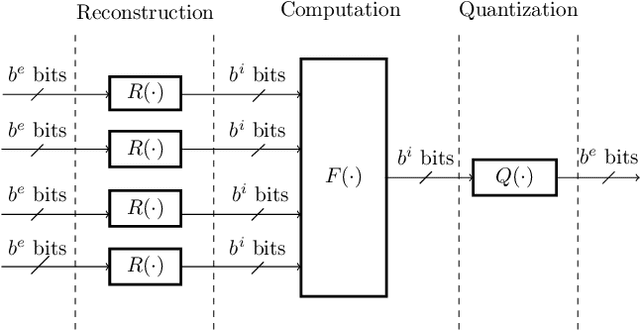
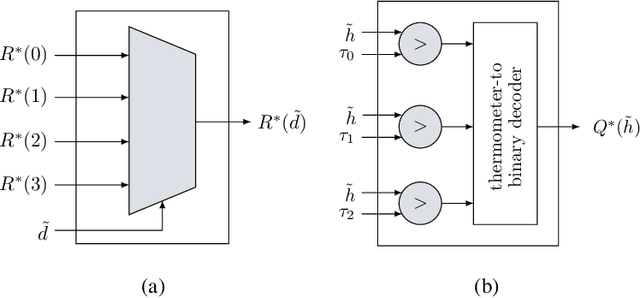
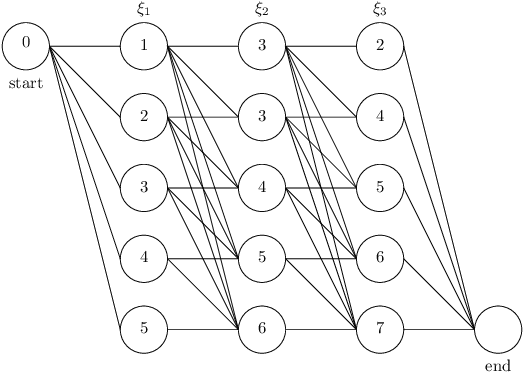
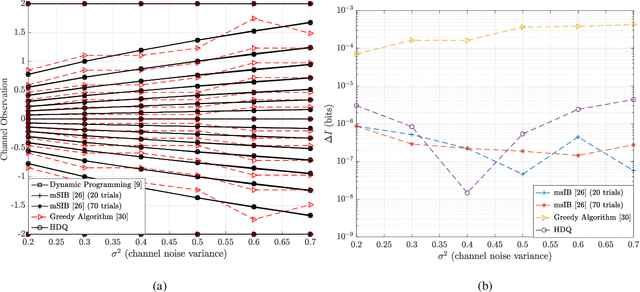
Abstract:This paper uses the reconstruction-computation-quantization (RCQ) paradigm to decode low-density parity-check (LDPC) codes. RCQ facilitates dynamic non-uniform quantization to achieve good frame error rate (FER) performance with very low message precision. For message-passing according to a flooding schedule, the RCQ parameters are designed by discrete density evolution (DDE). Simulation results on an IEEE 802.11 LDPC code show that for 4-bit messages, a flooding MinSum RCQ decoder outperforms table-lookup approaches such as information bottleneck (IB) or Min-IB decoding, with significantly fewer parameters to be stored. Additionally, this paper introduces layer-specific RCQ (LS-RCQ), an extension of RCQ decoding for layered architectures. LS-RCQ uses layer-specific message representations to achieve the best possible FER performance. For LS-RCQ, this paper proposes using layered DDE featuring hierarchical dynamic quantization (HDQ) to design LS-RCQ parameters efficiently. Finally, this paper studies field-programmable gate array (FPGA) implementations of RCQ decoders. Simulation results for a (9472, 8192) quasi-cyclic (QC) LDPC code show that a layered MinSum RCQ decoder with 3-bit messages achieves more than a $10\%$ reduction in LUTs and routed nets and more than a $6\%$ decrease in register usage while maintaining comparable decoding performance, compared to a 5-bit offset MinSum decoder.
FPGA Implementations of Layered MinSum LDPC Decoders Using RCQ Message Passing
Apr 19, 2021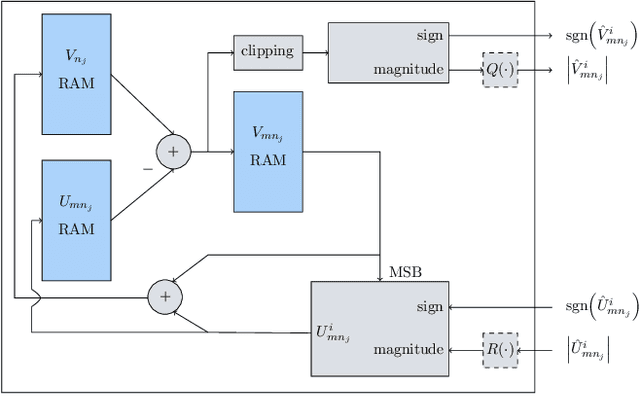
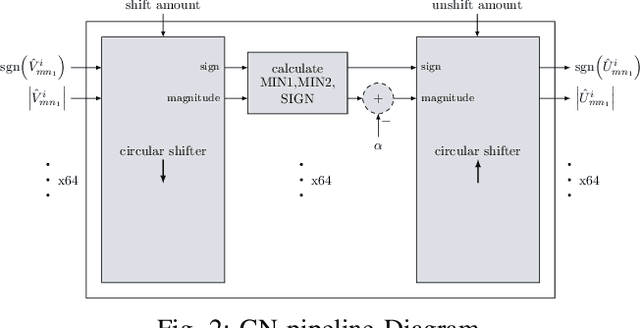
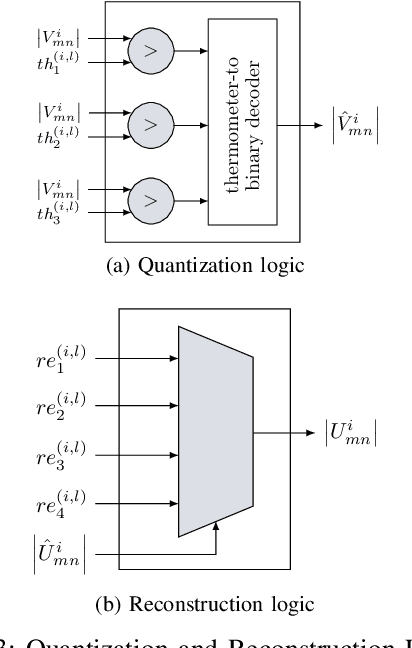
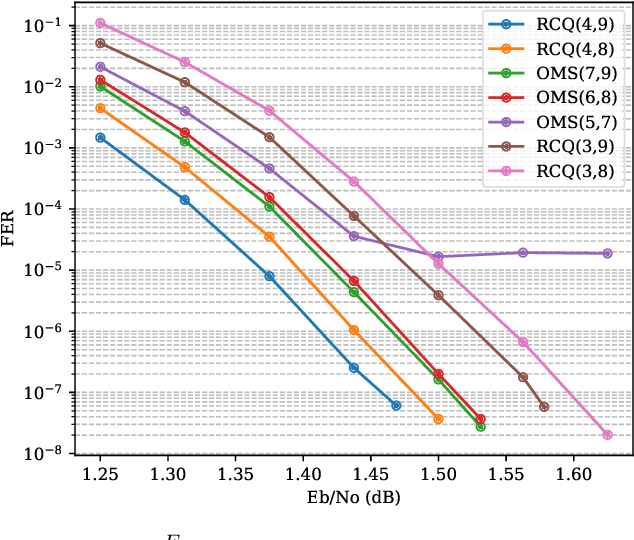
Abstract:Non-uniform message quantization techniques such as reconstruction-computation-quantization (RCQ) improve error-correction performance and decrease hardware complexity of low-density parity-check (LDPC) decoders that use a flooding schedule. Layered MinSum RCQ (L-msRCQ) enables message quantization to be utilized for layered decoders and irregular LDPC codes. We investigate field-programmable gate array (FPGA) implementations of L-msRCQ decoders. Three design methods for message quantization are presented, which we name the Lookup, Broadcast, and Dribble methods. The decoding performance and hardware complexity of these schemes are compared to a layered offset MinSum (OMS) decoder. Simulation results on a (16384, 8192) protograph-based raptor-like (PBRL) LDPC code show that a 4-bit L-msRCQ decoder using the Broadcast method can achieve a 0.03 dB improvement in error-correction performance while using 12% fewer registers than the OMS decoder. A Broadcast-based 3-bit L-msRCQ decoder uses 15% fewer lookup tables, 18% fewer registers, and 13% fewer routed nets than the OMS decoder, but results in a 0.09 dB loss in performance.
A New Open-Access Platform for Measuring and Sharing mTBI Data
Oct 16, 2020


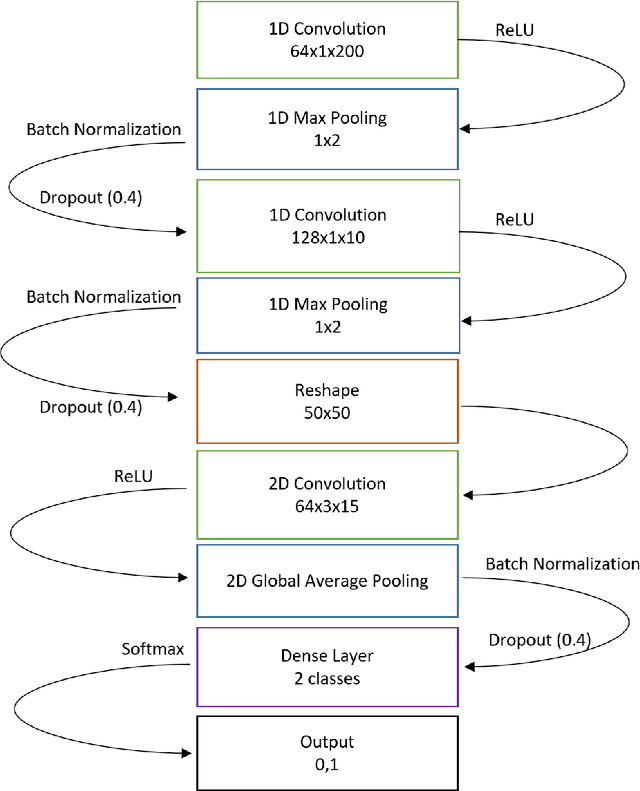
Abstract:Despite numerous research efforts, the precise mechanisms of concussion have yet to be fully uncovered. Clinical studies on high-risk populations, such as contact sports athletes, have become more common and give insight on the link between impact severity and brain injury risk through the use of wearable sensors and neurological testing. However, as the number of institutions operating these studies grows, there is a growing need for a platform to share these data to facilitate our understanding of concussion mechanisms and aid in the development of suitable diagnostic tools. To that end, this paper puts forth two contributions: 1) a centralized, open-source platform for storing and sharing head impact data, in collaboration with the Federal Interagency Traumatic Brain Injury Research informatics system (FITBIR), and 2) a deep learning impact detection algorithm (MiGNet) to differentiate between true head impacts and false positives for the previously biomechanically validated instrumented mouthguard sensor (MiG2.0), all of which easily interfaces with FITBIR. We report 96% accuracy using MiGNet, based on a neural network model, improving on previous work based on Support Vector Machines achieving 91% accuracy, on an out of sample dataset of high school and collegiate football head impacts. The integrated MiG2.0 and FITBIR system serve as a collaborative research tool to be disseminated across multiple institutions towards creating a standardized dataset for furthering the knowledge of concussion biomechanics.
 Add to Chrome
Add to Chrome Add to Firefox
Add to Firefox Add to Edge
Add to Edge